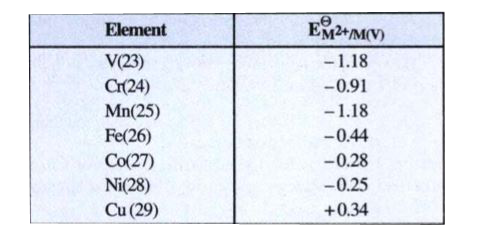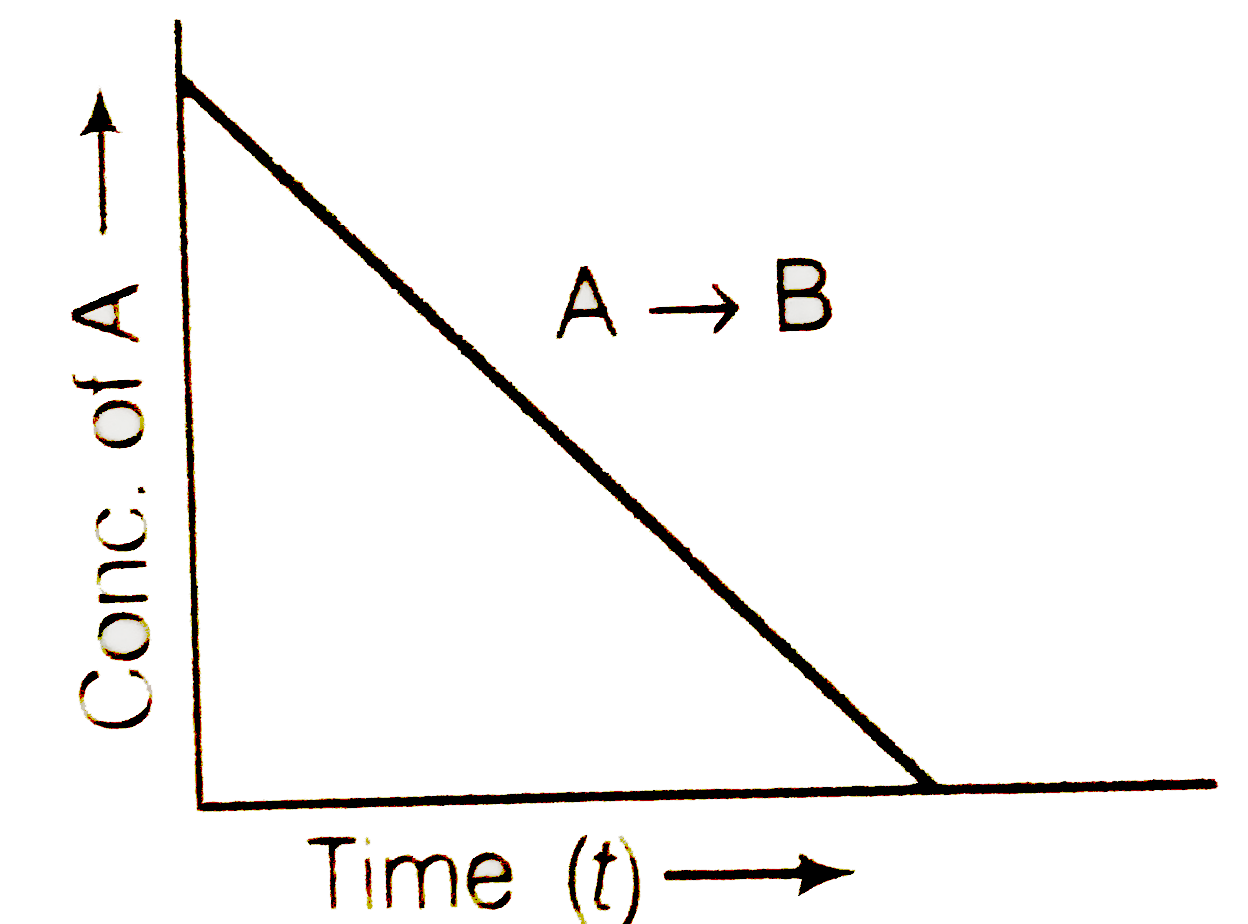Shorter generation time of E. coil compared to eukaryotes may be explained on the basis of
Absence of organelles
Presence of cell wall
Shape
Large surface// volume ratio.
The correct Answer is:D
Step-by-Step Solution:
1. Understanding Generation Time: Generation time refers to the time it takes for a population of organisms to double in number. In the case of E. coli, this time is significantly shorter compared to eukaryotic organisms.
2. Prokaryotic Characteristics: E. coli is a prokaryote, which means it lacks membrane-bound organelles. This structural simplicity allows for quicker cellular processes.
3. Absence of Organelles: The absence of complex organelles in prokaryotes means that cellular processes such as metabolism and reproduction can occur more rapidly than in eukaryotes, which have more complex cellular structures.
4. Cell Wall Presence: E. coli has a rigid cell wall, which provides structural support and protection. This is a characteristic feature of prokaryotes and differs from many eukaryotic cells, which may or may not have a cell wall.
5. Surface Area to Volume Ratio: Prokaryotes like E. coli have a high surface area to volume ratio. This ratio is crucial because it allows for more efficient nutrient uptake and waste elimination, which supports a higher metabolic rate.
6. Metabolic Rate and Growth Rate: The large surface area to volume ratio contributes to a high metabolic rate, which in turn leads to a high growth rate. This is why E. coli can reproduce quickly, resulting in a shorter generation time compared to eukaryotes.
7. Conclusion: Therefore, the shorter generation time of E. coli compared to eukaryotes can be primarily explained by its large surface area to volume ratio, which facilitates rapid metabolism and growth.
Topper's Solved these Questions
- KINGDOM MONERA (THE PROKARYOTES)BOOK - DINESH PUBLICATION ENGLISHCHAPTER - KINGDOM MONERA (THE PROKARYOTES)EXERCISE - CHECK YOUR GRASP
20 Videos
- KINGDOM MONERA (THE PROKARYOTES)BOOK - DINESH PUBLICATION ENGLISHCHAPTER - KINGDOM MONERA (THE PROKARYOTES)EXERCISE - CHECK YOUR GRASP
20 Videos
- KINGDOM FUNGI-MULTICELLULAR DECOMPOSERSBOOK - DINESH PUBLICATION ENGLISHCHAPTER - KINGDOM FUNGI-MULTICELLULAR DECOMPOSERSEXERCISE - CYG
19 Videos
- KINGDOM PLANTAE OR METAPHYTA BOOK - DINESH PUBLICATION ENGLISHCHAPTER - KINGDOM PLANTAE OR METAPHYTA EXERCISE - CYG
20 Videos
Similar Questions
Given below are the electrode potential values, EΘ for some of the first row of transition elements :

Explain the irregularities in these values on the basis of electronic structure of atoms.
View SolutionA circular coil of radius 10 cm, 500 turns and resistance 2 Omega is placed with its plane prependicular to the horizontal component of the earth's magnetic field. It is rotated about its vertical diameter through 180∘ in 0.25 s. Estimate the magnitude of the e.m.f and current induced in the coil. Horizotal component of earth's magnetic field at the place is 3×10−5T.
View Solution
Knowledge Check
Rate of a general reaction A + B → products can be expressed as follows on the basis of collision theory.
Rate =ZABe−Ea/RT
Which of the following statements is not correct for the above expression?AZ is collision frequency andis equal to number of collisions per second per unit volume of the reaction mixtureBeEa/RT is the fraction of molecules with kinetic energy equal to or greater than EaCEa is activation energy of the reaction.DAll the molecules which collide with one other are effective collisions.

The figure represents the synergic bonding interaction in metal carbonyl complex. On the basis of the explain the following:
(i) Strength of Metal-ligand bond
(ii) Bond order of CO in carbonyl complex as compared to bond order in carbon monoxide.
View SolutionFor a general reaction A→B, plot of concentration of A vs time is given in figure. Answer the following questions on the basis of this graph.
(i) what is the order of the reaction?
(ii) What is the slope of the curve ?
(iii) What are the units of rate constant?

View SolutionA transformer is a device which increases or decreases alternating voltage through mutual induction. It consists of two coils wound on the same code. One of the coil is connected to input alternating supply. This is called primary coil. The other coil gives the output. i.e. it is connected to external load. This coil is called secondary coil. The alternating emf applied across the primary current causes an alternating current to flow through it. This alternating current creates a continuously changing magnetic flux through the core. The changing magnetic flux is linked with secondary coil. If there is no leakage of flux, then the flux linked per unit turn with primary coil is equal to the flux linked per unit turn with secondary coil. Let ϕS is flux linked in secondary coil and ϕP is flux linked in primary coil then ϕSNS=ϕPNP (where NS and NP are respective number of turns in secondary and primary of transformer)
∴1NsdϕSdt=1NP×dϕPdt
or 1NSES=1NPEP (∵E=−dϕdt= emf in a coil )
If we assume that there is no loss of power in a transformer, and the currents in the primary and secondary coils are respectively iPandiS, then
View SolutionA coil of inductance L=2.0μH and resitance R=1.0Ω is connected to a source of constant emfE=3.0V. A resistance Rs=2.0Ω is connected in parallel with the coil. Find the amount of heat generated in the coil after the swich Sw is disconnecied. The internal resistance of the source is negligible.

View SolutionA transformer is a device which increases or decreases alternating voltage through mutual induction. It consists of two coils wound on the same code. One of the coil is connected to input alternating supply. This is called primary coil. The other coil gives the output. i.e. it is connected to external load. This coil is called secondary coil. The alternating emf applied across the primary current causes an alternating current to flow through it. This alternating current creates a continuously changing magnetic flux through the core. The changing magnetic flux is linked with secondary coil. If there is no leakage of flux, then the flux linked per unit turn with primary coil is equal to the flux linked per unit turn with secondary coil. Let ϕS is flux linked in secondary coil and ϕP is flux linked in primary coil then ϕSNS=ϕPNP (where NS and NP are respective number of turns in secondary and primary of transformer)
∴1NsdϕSdt=1NP×dϕPdt
or 1NSES=1NPEP (∵E=−dϕdt= emf in a coil )
A transform is used to light 140 W, 24 V lamp from 240 V ac mains. The current in the mains cable is 0.7 A. The efficiency of the transformer is
View SolutionA transformer is a device which increases or decreases alternating voltage through mutual induction. It consists of two coils wound on the same code. One of the coil is connected to input alternating supply. This is called primary coil. The other coil gives the output. i.e. it is connected to external load. This coil is called secondary coil. The alternating emf applied across the primary current causes an alternating current to flow through it. This alternating current creates a continuously changing magnetic flux through the core. The changing magnetic flux is linked with secondary coil. If there is no leakage of flux, then the flux linked per unit turn with primary coil is equal to the flux linked per unit turn with secondary coil. Let ϕS is flux linked in secondary coil and ϕP is flux linked in primary coil then ϕSNS=ϕPNP (where NS and NP are respective number of turns in secondary and primary of transformer)
∴1NsdϕSdt=1NP×dϕPdt
or 1NSES=1NPEP (∵E=−dϕdt= emf in a coil )
If the voltage in secondary is more than that in primary, the transformer is step-up. If voltage in secondary is less than that in primary, the transformer is called step down. Select the correct alternative
View SolutionWith the revolution in information technology, now it has become an integral part of everybody's life, living in rural and urban India. You are asked to address the gathering of students of eco-clubs of your neighbourhood schools on generation and management of e-waste.
(a) Write how e-waste is generated.
(b) Explain how would you address the awareness issue of e-waste management amongst the students.
(c) How have the developed countries exploited the developing countries with respect to e-waste managements ?
View Solution
